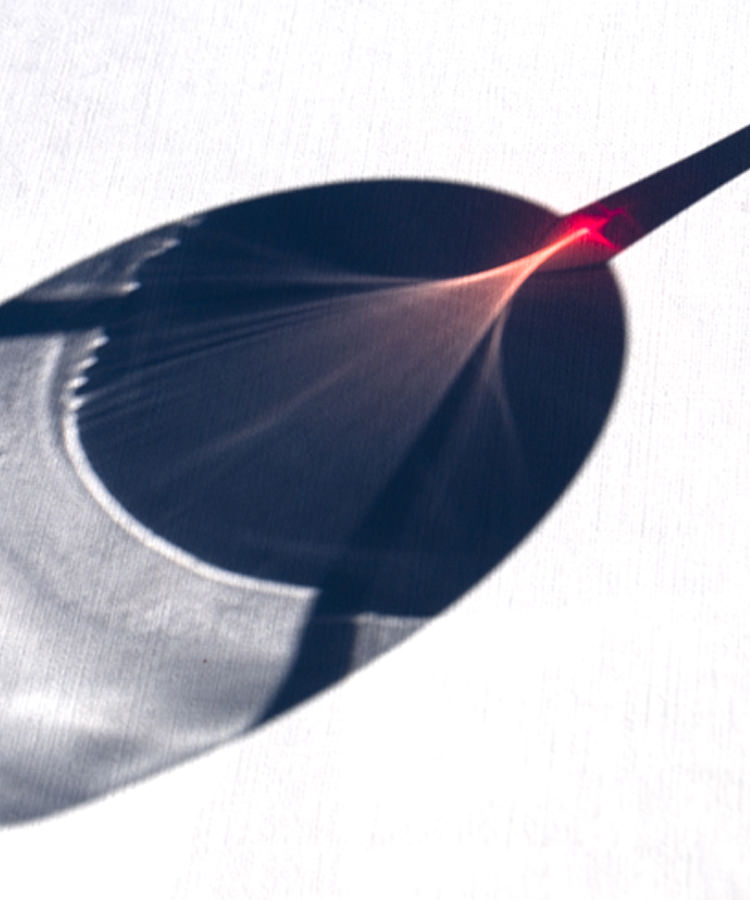In world full of wine, some grapes just get all the love. While we definitely adore our classic regions and varietals, there are so many grapes and grape-growing areas of the world that tend to go unnoticed in the shadows of their more widely known counterparts. Understanding the world of wine can certainly be a challenge, as well as straying away from the comfort of your recurring weeknight bottle. So where does one begin to discover the best of the unknown? We’ve taken to the pros and asked 10 sommeliers across the country what they feel are the most underrated wines in the world. Here are their answers.
“Muscadet.” – Steven Grubbs, Wine Director, Five & Ten and Empire State South
“The wines of Corsica. I am totally enamored with the savory rosés of Patrimonio, and the aromatic whites of Ajaccio. Reds of the island can often be elegant, complex, and age-worthy.” – Ellie Bufkin, Assistant Wine Director, Maialino
“Beaujolais, still. I keep thinking that this region has recovered from its bad rap, but I still find lots of resistance from people when I recommend it for a light-bodied, earthier red. They have grown so much in quality and are absolutely delicious, pleasurable drinking wines that are still rather tame on the pocket. Trust me!” – Kimberly Prokoshyn, Head Sommelier, Rebelle
“In my opinion, the most underrated wines in the world come from Portugal. Most people can’t even point Portugal out on a map. I’ve had the good fortune to travel to Portugal many times in the last few years, and one of the main reasons I believe they haven’t become a household name in the world wine market is because the people are so understated and humble. If only they were more egotistical and brazen! Baga from Bairrada, white blends from Dão, single-varietal Alvarinho from Vinho Verde, red blends from Alentejo, and all the awesomeness coming out of Lisboa. It’s time for the world to take notice!” – Matt Kaner, Wine Director and Owner of Bar Covell, Augustine Wine Bar, Dead or Alive Bar, AM/FM Wines
“Cru Beaujolais.” – Joshua Thomas, Wine Director, Octavia and Frances
“I think wines from the Loire Valley are the most underrated. Great value wines that are food friendly and very agreeable. Chenin is a noble varietal that doesn’t get the love of Chardonnay and Riesling.” – Eric Railsback, Wine Director, Mason Pacific
“I think that island wines deserve more exposure. Wines in Sicily are starting to get a bit more exposure, but they represent a category that really has some awesome potential and tons of beautiful, food-friendly varietals. Balkan wines from Croatia and Slovenia don’t get the respect that they deserve. People are doing really cool stuff over there and it deserves more recognition.” – Rachael Lowe, Beverage Director, Spiaggia
“Wines from Switzerland. Little wine is produced there, and what is made is usually consumed within the country and within the vintage. However, today, more examples are creeping into the United States market and are exceptional. These crunchy, alpine-scented wines are phenomenally versatile and delicious. We carry quite a few at Piora and guests are always keen to try them.” – Victoria James, Beverage Director, Piora & Cote
“As more Gruner Veltliners and Austrian Rieslings have found their way to the table, I think people should start seeking out Austrian reds as well. Zweigelt and its parent grapes, Blaufränkisch and Saint Laurent, can be fashioned into a fascinating array of styles, from dry, nervy, and earthy to fruity, spicy, and funky, and even to botrytized dessert wines. You can find the serious and not-so-serious for all of your drinking needs. If you’ve recently found that you enjoy cru Beaujolais, consider trying a fruity Zweigelt or Saint Laurent— perhaps even with a slight chill on it— as an addition to your patio-BBQ lineup. Zweigelt can be delightfully zippy and fresh, while Saint Laurent bears many similarities to riper styles of Pinot Noir: bright acidity, soft tannin, slightly darker fruitiness, and a bit of spice and smoke. For something with more structure, try a Blaufränkisch by a producer like Moric or Judith Beck: beautiful acidity, powerful but smooth tannin, a mix of red and dark fruits, and an earthy-spicy-smokiness that sings of complexity at a relatively lower price point than equivalently complex Burgundy. If you want something sweet, Kracher produces dessert wines from Zweigelt and a whole host of other fascinating Austrian grapes. As the wines range in style, they also range in price, but even at the lower end of the spectrum they are almost always fun— especially if you’re serving them as a blind.” – Sarah Thomas, Sommelier, Le Bernardin
